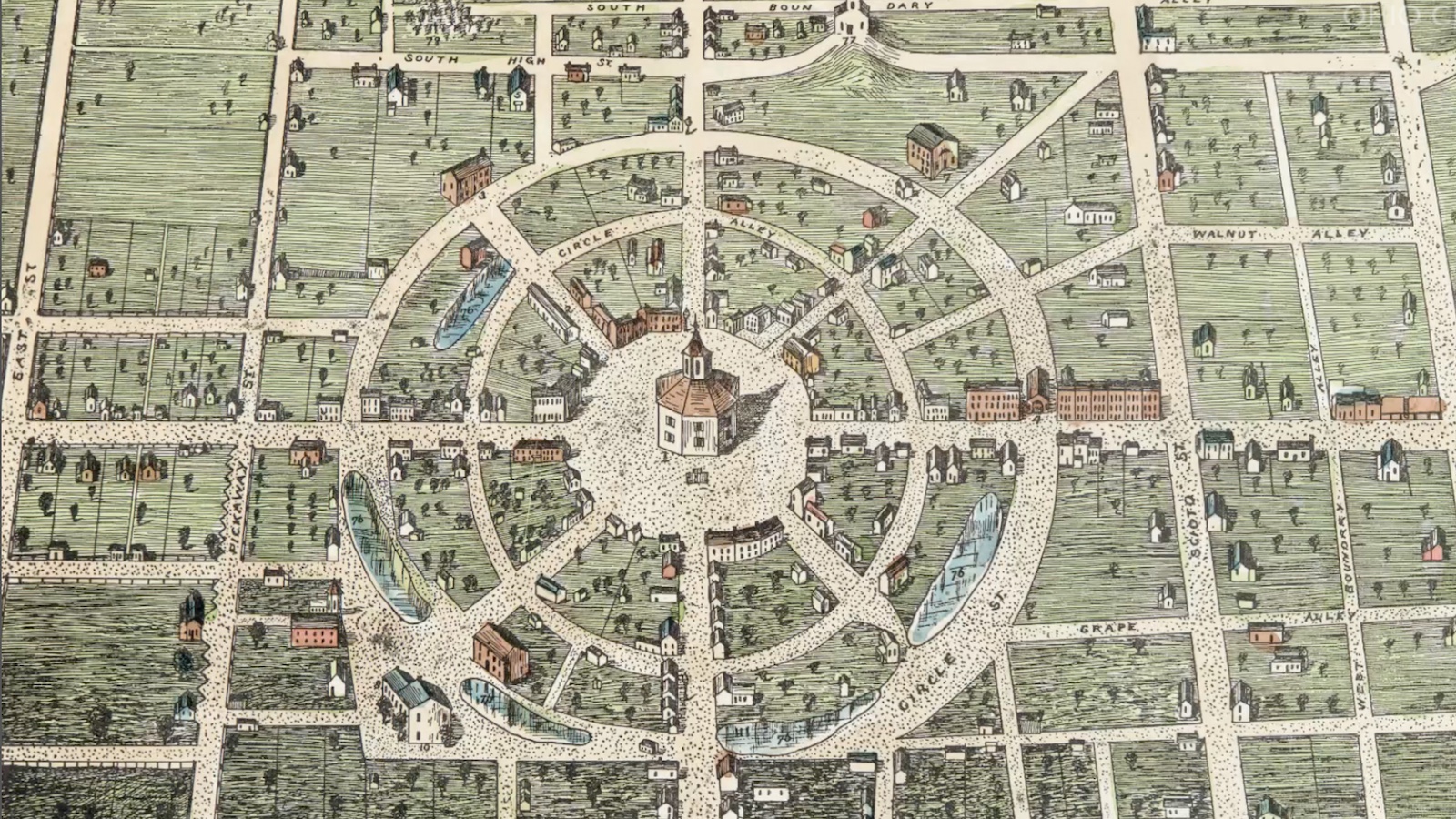George Kohlrieser takes us back to a situation in Dayton, Ohio in the 60s.
Kohlrieser: I have been taken hostage four times in my career, not because I was exchanging myself, but because of the situation of going into domestic violence. I was involved in a program in the late ‘60s in Dayton, Ohio where the goal was to work with the police, to go into homes where there were disputes, to try to lower the homicide rate. In one case, we were called to a hospital emergency room in which a man who had been stabbed and was in a psychotic state had taken a nurse hostage. In this situation, the lieutenant quickly assessed that we could not use tear gas because we were in the emergency room. We couldn’t kick in the door. We needed somebody to get inside. He did not have a gun. He had a knife or a scissors, it wasn’t, we weren’t sure at that point. And being a young psychologist working with the police, he turned to me and said, “George, how would you like to do this?” Well, social pressure did not allow me to say no. But I did go in. And this man did not want to see me. He clearly was aggressive and [it had] increased his aggression. And, unfortunately, he cut her throat, not her jugular, but enough to bleed, this red blood on a white uniform. It does get the attention of the mind’s eye. And I could barely contain my own emotions, managing myself as well as managing her and managing him and managing the signals for the police outside. But it got better for her. Within a couple of minutes after screaming and shouting at me, he crossed the room and came over to me. It got less good for me ‘cause he put the knife or the scissors to my throat. At that point, looking in his eyes, I continued to make every attempt to dialog. My hands around his arms, not [agrise], and it’s a bonding moment to stand there with a man looking in your eyes whose saying, “I’m going to kill you.” But it was questions around what do you want to have happen here? What do you need? How do you want your children to remember you? And, finally, within about 10 minutes, he agreed to let the nurse out of the room. He didn’t need her, he had me. Within another half hour or so, he gave up his scissors and we talked about his children fundamentally. And within another half hour to an hour, he allowed himself to be handcuffed because he had broken the law. He walked out, handcuffed, allowing me to do that. And as he walked away, he turned and with a smile asked if he could come back and say something to me and the lieutenant said fine. And at that point, he looked with a smile in his face now, complete change of state, he said, “Thank you, George. I’m glad I didn’t kill you.” I said, “Me too.” And at that point, with a smile, he said, “Thank you. I had forgotten how important my children were.” And I’d agreed to intervene in a situation to let his kids know that he gave up because of them. Now you see, I, what I did there, anybody can learn to do. It is creating a bond, maintaining enough self-control to engage in that bond. Understand that what drove him was the pain about his children, the rage, the grief towards his wife, ex-wife, actually, around not seeing his kids anymore. And once that pain was understood, it gave the power then to find a common goal to get a solution. That process, anybody can learn, all leaders must know that. But you must remember, there is no guarantee, 5% of the times, this doesn’t work. But the majority, 95% is not bad will happen if you do the right things and that can be learned.





